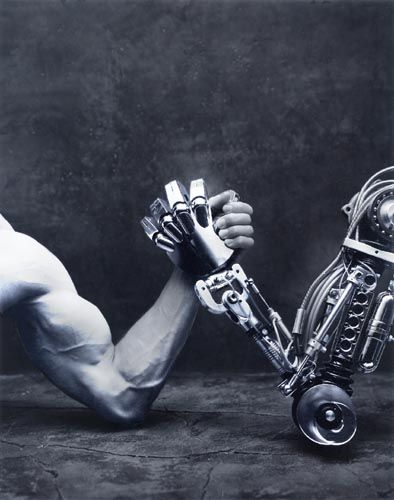Difference between machine and human translation

Machine translation and human translation are two distinct approaches to converting text or content from one language to another. Here are the key differences between them:
1. Method of Translation:
Machine Translation (MT): Machine translation relies on computer algorithms and artificial intelligence to automatically translate text from one language to another. It doesn’t involve human intervention in the translation process.
Human Translation: Human translation, as the name suggests, involves a human translator or linguist who manually translates the text from the source language to the target language. It relies on the translator’s linguistic skills, cultural understanding, and context comprehension.
2. Quality:
Machine Translation (MT): While machine translation has improved significantly over the years, it still often produces translations that are less accurate and nuanced compared to human translations. The quality can vary depending on the language pair and the complexity of the content.
Human Translation: Human translation is generally considered to be of higher quality because humans can understand context, idiomatic expressions, cultural nuances, and the intended meaning of the text. Human translators can produce translations that are more accurate, fluent, and culturally appropriate.
3. Context and Nuance:
Machine Translation (MT): Machines struggle with understanding context, tone, and the subtleties of language. They may produce translations that are literal and lack the ability to convey the intended emotional or cultural nuances.
Human Translation: Human translators can capture the context, tone, and subtleties of the source text, ensuring that the translated content accurately conveys the author’s intent.
4. Customization:
Machine Translation (MT): Machine translation systems can be customized and fine-tuned for specific industries or subject areas, which can improve their performance for specialized content.
Human Translation: Human translators often specialize in specific fields, such as medical, legal, technical, or literary translation, allowing them to provide expertise in particular domains.
5. Speed and Scalability:
Machine Translation (MT): Machine translation is generally faster and more scalable than human translation. It can process large volumes of text quickly, making it suitable for certain applications like instant messaging or translating user-generated content on websites.
Human Translation: Human translation can be time-consuming, especially for lengthy or complex documents, and may not be as scalable for handling large volumes of content.
6. Post-Editing:
Machine Translation (MT): In many cases, machine-generated translations require human post-editing to correct errors and improve quality. This is known as “post-editing machine translation.”
Human Translation: Human translations typically do not require post-editing because they are produced by professional linguists who aim for high quality from the outset.
In summary, machine translation offers speed and scalability but may lack the quality, nuance, and context understanding of human translation. Human translation, on the other hand, excels in providing accurate and culturally sensitive translations but may be slower and less scalable. The choice between the two depends on factors such as the nature of the content, the desired level of quality, and the available resources.
